The Universal Language of Creepy Crawlies

Picture this: you’re sitting in a café in Tokyo when suddenly a cockroach scurries across the floor. The immediate reaction? A collective gasp and hurried movement away from the unwanted visitor. Now imagine the same scenario in New York, Cairo, or São Paulo. The response would be remarkably similar, wouldn’t it?
While cultures around the world differ dramatically in language, food, and customs, there’s something almost magical about how universally humans react to certain insects. Yet dig deeper, and you’ll discover that our relationships with bugs are far more complex than simple fear or disgust. Some cultures worship the very creatures others desperately try to eliminate.
This fascinating paradox raises an intriguing question: are we naturally programmed to fear certain insects, or do our cultural backgrounds shape these reactions? The answer might surprise you more than finding a spider in your morning coffee.
When Fear Becomes Faith: Beetles in Ancient Egypt
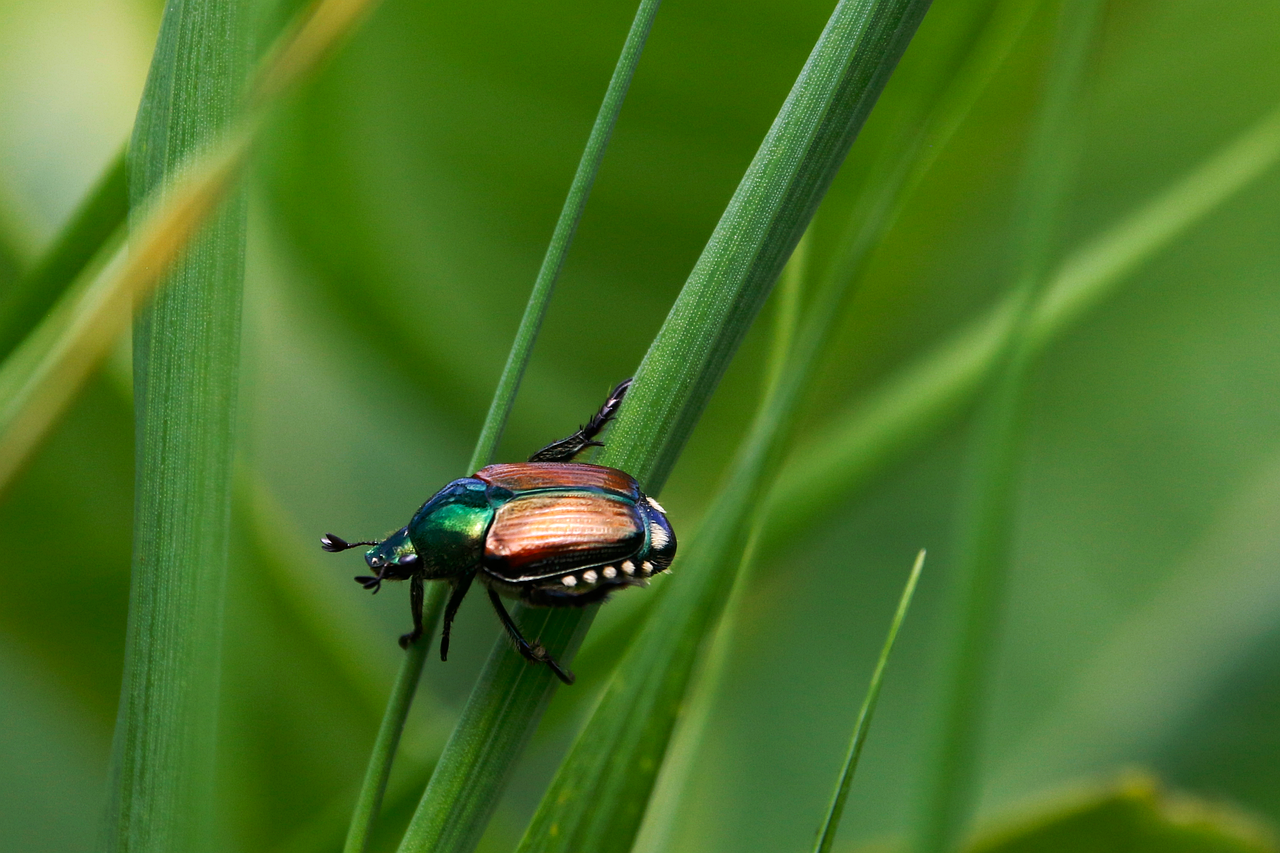
In ancient Egypt, the scarab beetle wasn’t just another insect – it was a divine symbol of rebirth and eternal life. Egyptians believed these dung-rolling beetles represented the sun god Ra pushing the sun across the sky each day. They crafted intricate jewelry, amulets, and even mummified these creatures alongside pharaohs.
Today, many Western cultures view beetles with suspicion or mild disgust, especially when they invade our homes. However, in parts of rural Egypt, descendants still hold reverence for certain beetle species. This stark contrast shows how deeply cultural programming can override natural instincts.
The scarab’s journey from sacred symbol to pest illustrates how dramatically our perceptions can shift over time. What was once considered a messenger from the gods is now something most people would sweep away without a second thought.
Spiders: Web of Contradictions Across Continents
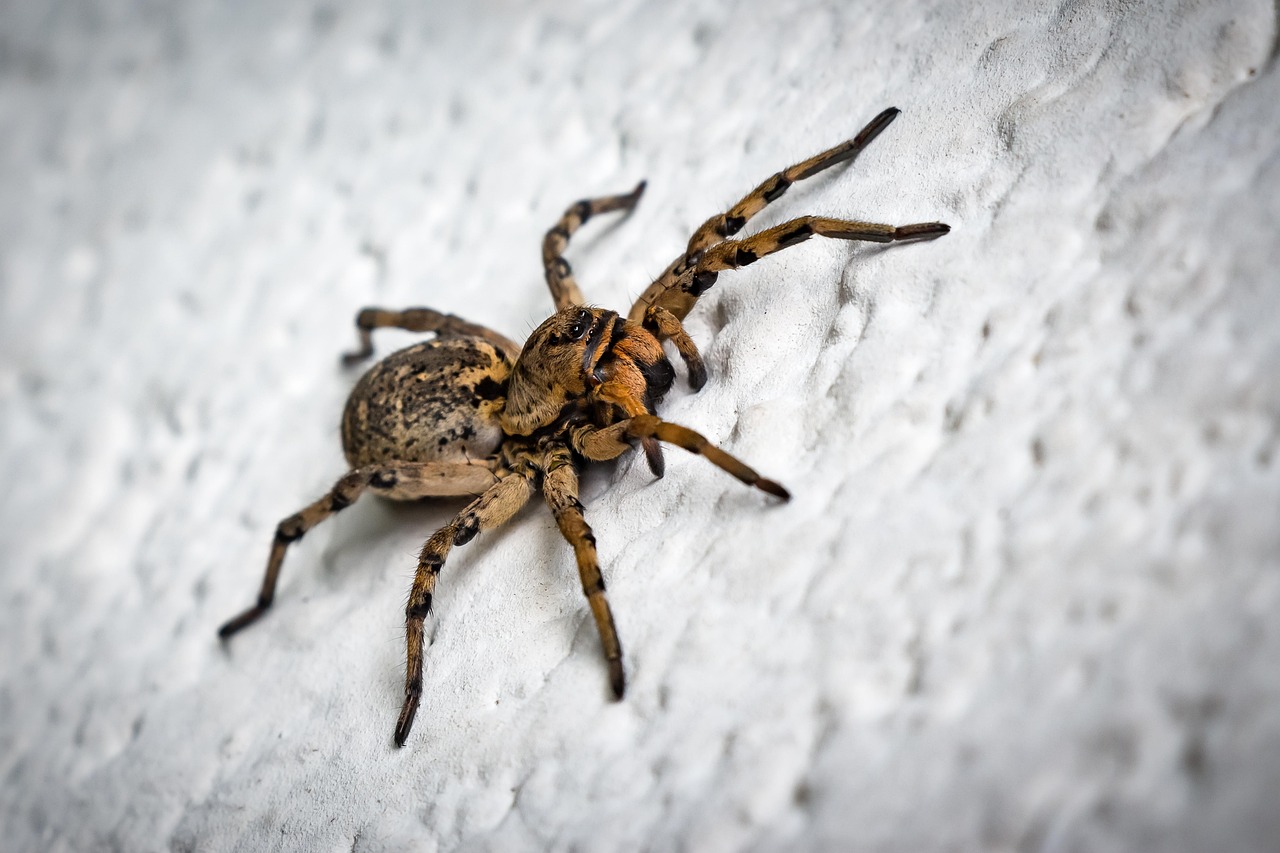
Arachnophobia ranks among the most common phobias worldwide, yet spider superstitions vary wildly across cultures. In many European traditions, killing a spider brings bad luck, while seeing one in the morning promises good fortune. The saying “spider in the morning, sorrow; spider at night, delight” reflects this complex relationship.
African folklore often portrays spiders as wise tricksters, like the famous Anansi stories from West Africa. These tales depict spiders as clever beings who outwit larger, more powerful creatures. Children grow up learning to respect rather than fear these eight-legged creatures.
Meanwhile, in parts of Asia, particularly in rural areas of Cambodia and Thailand, certain spider species are considered delicacies. The Cambodian fried tarantula, seasoned with garlic and salt, is a popular snack that would send most Westerners running for the hills.
The Mighty Mosquito: Universal Enemy or Misunderstood Messenger?
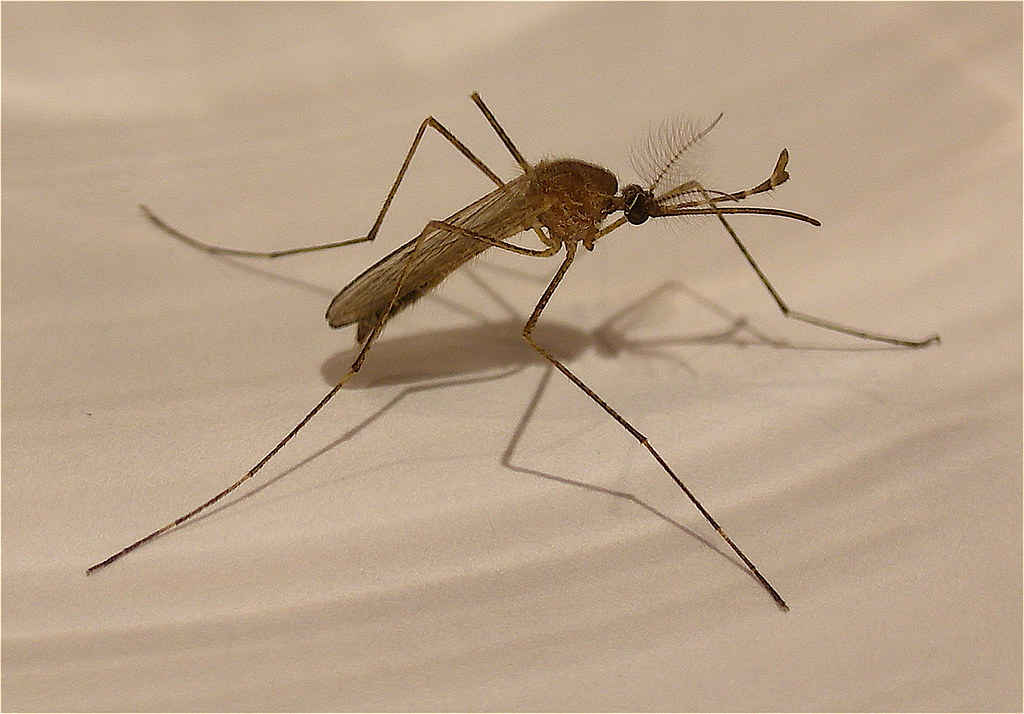
If there’s one insect that unites humanity in annoyance, it’s the mosquito. These tiny vampires have earned universal disdain for their itchy bites and disease-carrying potential. Yet even here, cultural differences emerge in how people interpret their presence.
Some Native American tribes view mosquitoes as reminders of the balance in nature – even the smallest creatures have their role in the ecosystem. They tell stories of how mosquitoes came to exist as punishment for human greed or as tests of patience and humility.
In contrast, many tropical cultures have developed elaborate rituals and superstitions around mosquito control. From burning specific herbs to hanging certain plants, these practices blend practical pest control with spiritual beliefs about protection from evil spirits.
Butterflies: Beauty That Transcends Borders
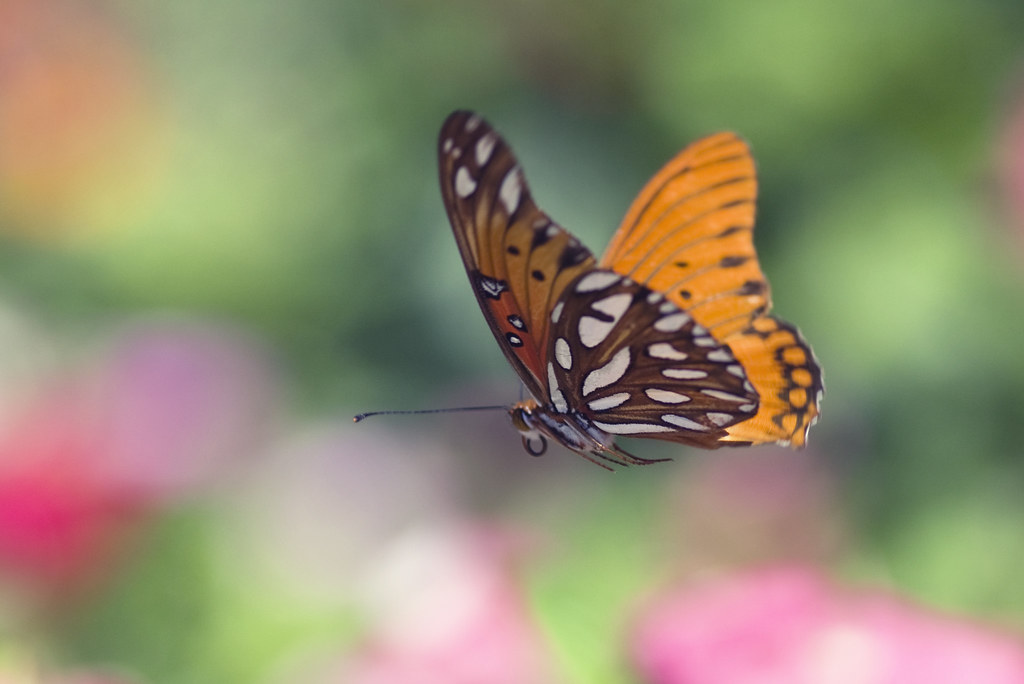
Unlike their creepy-crawly cousins, butterflies enjoy almost universal admiration. Their delicate beauty and graceful flight patterns have inspired positive superstitions across virtually every culture. In many traditions, butterflies represent the soul, transformation, and rebirth.
Mexican culture embraces butterflies as symbols of deceased loved ones returning to visit, especially during Día de los Muertos. The monarch butterfly migration coincides with this celebration, creating a powerful connection between natural wonder and spiritual belief.
Japanese culture associates butterflies with femininity and grace, while some European traditions claim that butterflies carry the prayers of children to heaven. This remarkable consistency suggests that beauty in nature transcends cultural boundaries, creating shared positive associations.
Cockroaches: The Global Villains of the Insect World
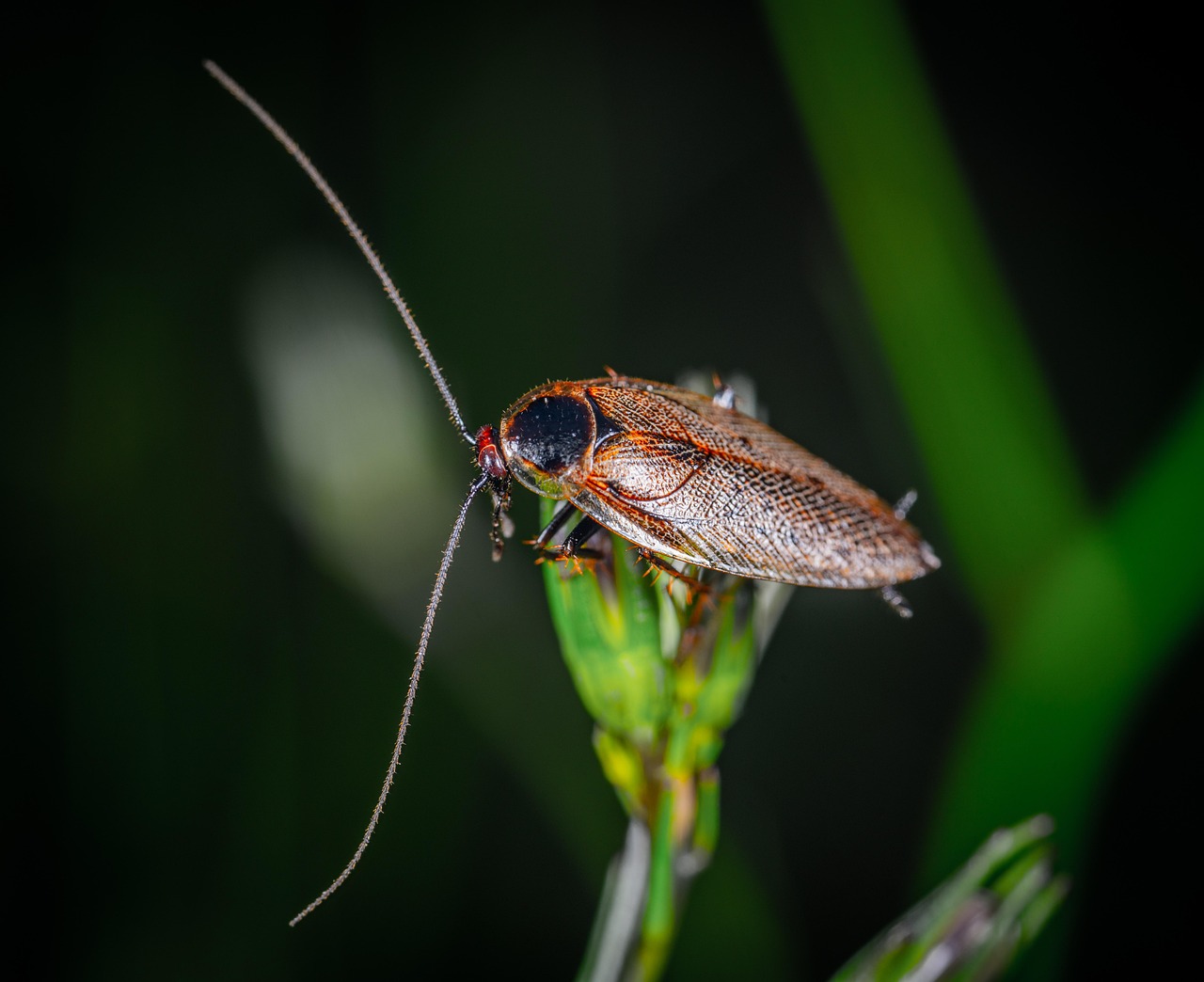
Few insects inspire such universal revulsion as the cockroach. From luxury penthouses in Manhattan to humble homes in rural villages, these resilient creatures trigger similar reactions of disgust and hurried elimination efforts. Their association with filth and disease has created negative superstitions worldwide.
However, even cockroaches have their defenders in certain cultures. Some traditional Chinese medicine practitioners believe cockroach extracts have healing properties, though this practice is becoming increasingly rare. In parts of rural Asia, seeing a cockroach in specific contexts can be interpreted as a sign of coming prosperity.
The cockroach’s incredible survival abilities have also earned grudging respect in some quarters. Their reputation for being able to survive nuclear disasters has made them symbols of resilience and adaptability, though this admiration is rarely enough to overcome the initial disgust factor.
Ants: Tiny Workers With Big Reputations
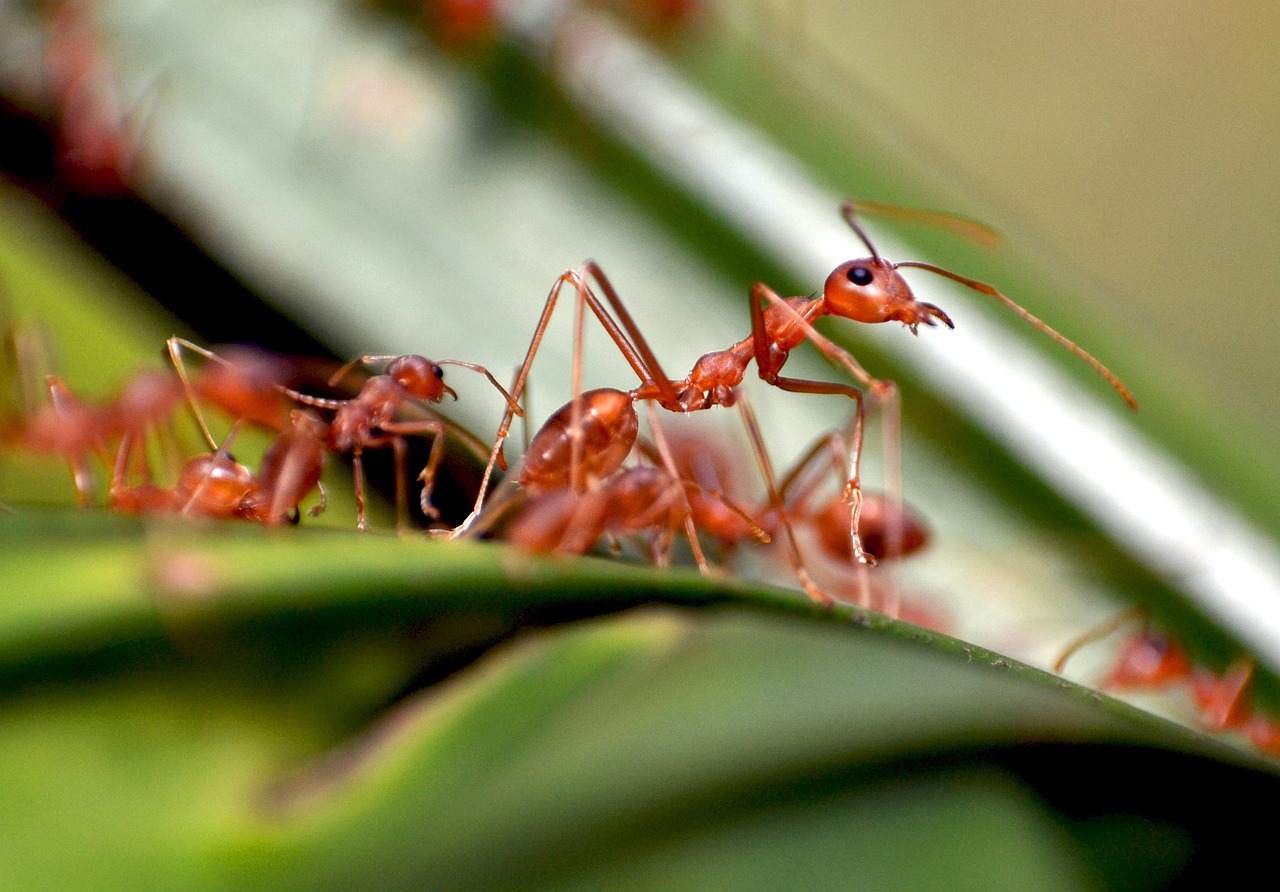
Ants occupy a unique position in global bug superstitions – they’re simultaneously admired and feared. Most cultures respect their industrious nature and complex social structures, leading to countless fables and stories about the virtue of hard work and cooperation.
In some African traditions, disturbing an ant colony is considered bad luck, as these creatures are seen as messengers between the earth and spiritual realms. The intricate patterns of ant trails are sometimes interpreted as signs or omens about future events.
However, when ants invade homes, cultural respect quickly turns to practical annoyance. Fire ants in particular have earned universal fear and hatred in regions where they’re prevalent, proving that even the most symbolically positive insects can become unwelcome guests.
Bees: Sacred Pollinators or Dangerous Stingers?
Bees present one of the most fascinating examples of cultural variation in insect perception. Ancient cultures often revered bees as divine messengers, with honey being considered food of the gods. Celtic traditions spoke of bees as bridges between our world and the spirit realm.
Modern environmentally conscious cultures have elevated bees to near-hero status, recognizing their crucial role in pollination and food production. The phrase “busy as a bee” reflects widespread admiration for their work ethic, and bee conservation has become a global movement.
Yet for those with bee allergies, these insects represent genuine danger rather than environmental heroes. This medical reality creates a complex relationship where respect and fear coexist, showing how personal experience can override cultural conditioning.
Moths: Night Visitors With Dark Reputations
Moths suffer from unfortunate timing and associations. Their nocturnal nature and attraction to light have made them symbols of death and misfortune in many cultures. The phrase “like a moth to a flame” captures their perceived self-destructive tendencies.
In some Latin American traditions, large moths entering homes are believed to be omens of death or visits from deceased relatives. The skull-like patterns on death’s-head hawkmoths have only reinforced these dark associations across multiple cultures.
However, some cultures view moths more positively, seeing them as symbols of intuition and psychic abilities. Their ability to navigate in darkness represents inner wisdom and the journey toward enlightenment, showing how the same traits can be interpreted completely differently.
Crickets: Lucky Chirpers or Annoying Noise-Makers?
Cricket superstitions reveal striking cultural divides. In many Asian cultures, crickets are considered extremely lucky, with their chirping believed to bring good fortune and prosperity. Some families keep crickets as pets specifically for this reason.
Chinese tradition holds that crickets in the home indicate incoming money or good news. The louder and more frequent the chirping, the better the fortune expected. This has led to a thriving market in cricket cages and cricket-keeping supplies.
Western cultures, however, often view cricket chirping as annoying noise that interferes with sleep. The expression “cricket silence” describes awkward quiet moments, suggesting that the absence of these sounds is preferable to their presence.
Grasshoppers: Feast or Famine Symbols

Grasshoppers carry heavy symbolic weight across cultures, largely due to their association with agricultural abundance or destruction. In many farming communities, grasshoppers are seen as harbingers of crop failure and famine, creating deep-seated negative superstitions.
However, some cultures view grasshoppers as symbols of good luck and forward movement. Their powerful jumping ability represents progress and the ability to overcome obstacles. Native American traditions often portray grasshoppers as symbols of nobility and courage.
In several African and Asian cultures, grasshoppers are considered nutritious delicacies, with specific seasons dedicated to grasshopper hunting and preparation. This practical relationship with the insects creates a more neutral, utilitarian view rather than superstitious fear or reverence.
Flies: Universally Unwelcome Guests
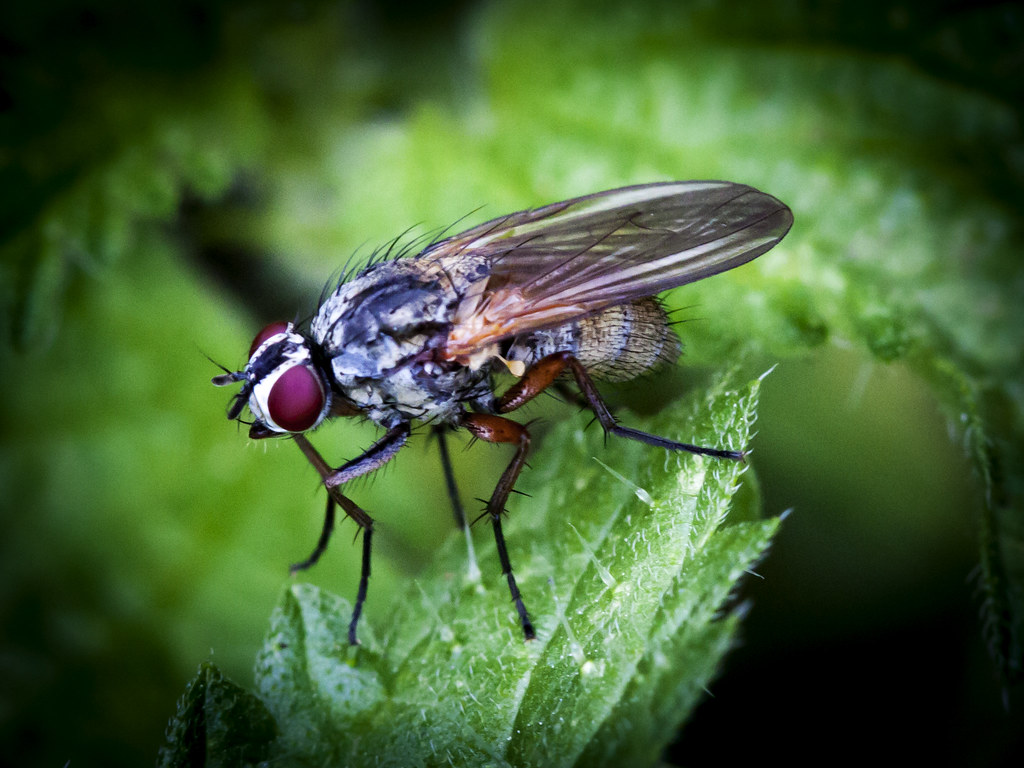
If any insect comes close to achieving universal dislike, it’s the common fly. Their association with decay, disease, and filth has created negative superstitions across virtually every culture. The phrase “fly in the ointment” captures their reputation for spoiling otherwise pleasant situations.
Some cultures have developed specific rituals around flies, viewing them as carriers of negative energy or evil spirits. The persistent buzzing and difficulty in eliminating them has led to beliefs about spiritual harassment or curses.
Yet even flies have found occasional positive interpretation. Some shamanic traditions view flies as symbols of persistence and the ability to survive in harsh conditions. However, these positive associations are rare and usually overwhelmed by more negative cultural programming.
Praying Mantises: Divine Predators or Garden Helpers?
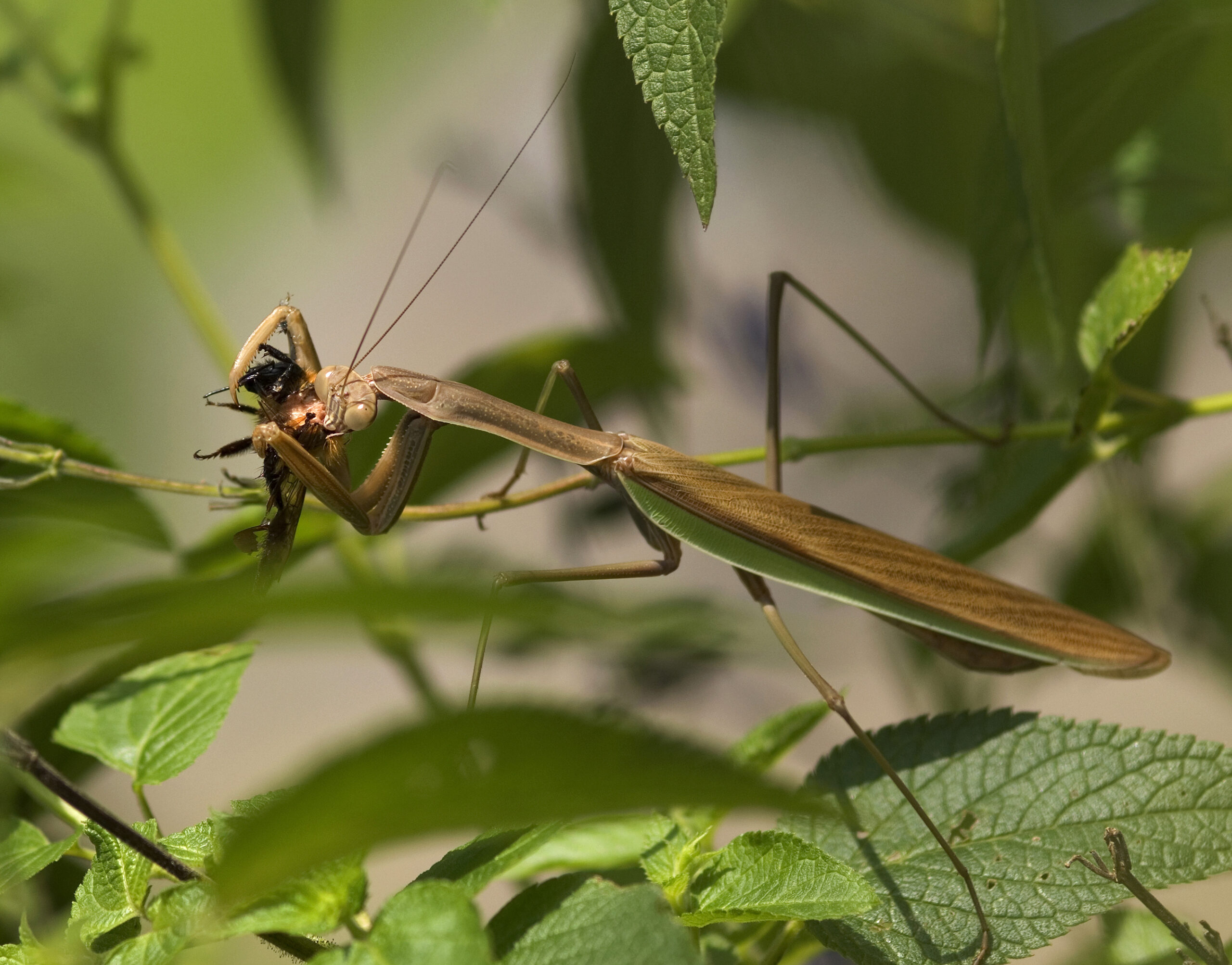
The praying mantis occupies a unique position in global insect superstitions due to its distinctive appearance and hunting behavior. Many cultures interpret their prayer-like stance as a sign of divine connection or spiritual significance.
In some African traditions, killing a praying mantis is considered extremely bad luck, as these insects are believed to be messengers from ancestors. Their patient hunting style is seen as a lesson in mindfulness and proper timing.
Garden enthusiasts worldwide have developed positive associations with praying mantises due to their appetite for pest insects. This practical benefit has helped overcome any initial fear or superstition, showing how usefulness can reshape cultural attitudes toward insects.
Wasps: Feared Cousins of Beloved Bees
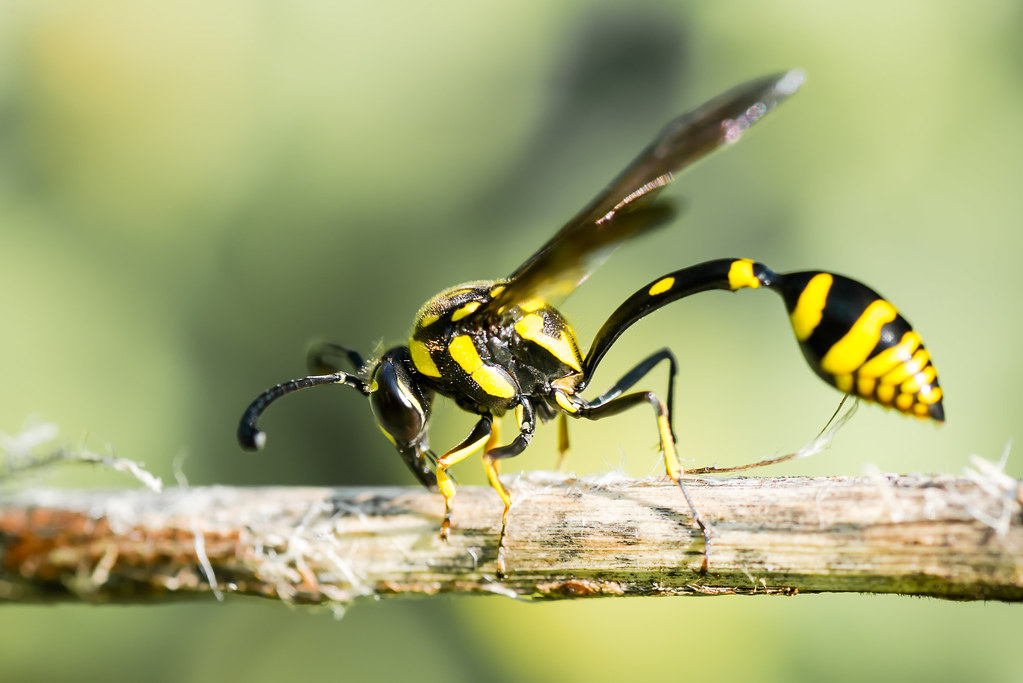
Wasps face an unfortunate comparison with their bee relatives, lacking the positive associations that come with honey production and pollination. Their aggressive nature and painful stings have created largely negative superstitions across cultures.
Many cultures view wasps as symbols of anger, aggression, and unprovoked attacks. The phrase “stirring up a hornet’s nest” reflects the widespread understanding that disturbing wasps leads to serious consequences.
However, some traditions recognize wasps as protectors of the natural balance, appreciating their role in controlling other pest populations. This ecological perspective is slowly changing some cultural attitudes, though fear and respect often remain intertwined.
The global tapestry of bug superstitions reveals something profound about human nature. While we might expect our fears and beliefs to be purely cultural constructs, patterns emerge that suggest deeper, more universal responses to certain insects. The cockroach’s universal revulsion, the butterfly’s widespread admiration, and the bee’s complex relationship with humanity all point to shared psychological and evolutionary foundations.
Yet culture still plays a powerful role in shaping these responses. The same spider that terrorizes one person might be welcomed as a good luck charm by another, depending on the stories they grew up hearing. These differences remind us that our relationship with the natural world is never purely instinctual – it’s always filtered through the lens of human culture and experience.
Perhaps most importantly, understanding these cultural variations in bug superstitions offers us a chance to examine our own biases and fears. When we realize that our “natural” responses to insects are often learned behaviors, we open the door to developing more nuanced, respectful relationships with the creatures that share our world. What surprises you most about your own reactions to the bugs you encounter?
